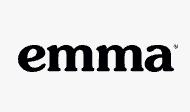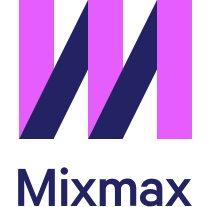Mailchimp vs Drift
Hyperise integrates with 100's of sales and marketing tools, many of which are in the Email Marketing category. With so many to choose from it's sometimes hard to know which is best, but don't worry, we've got your covered.
In this comparison guide we're going to look at the Highlights, Pros, Cons and Pricing of Mailchimp and Drift. We'll also delve into the details of which offers the best personalization options within Email Marketing, with there respective Hyperise integrations
Mailchimp
Pricing: Mailchimp offers four pricing plans: 1. Free - This plan allows users to send up to 10,000 emails per month to 2,000 subscribers at no cost. 2. Essentials - This plan starts at $9.99 per month and allows users to send unlimited emails to up to 50,000 subscribers. 3. Standard - This plan starts at $14.99 per month and allows users to send unlimited emails to up to 100,000 subscribers.Vs

Drift
Pricing: Drift pricing is a pricing model used by many companies that allows customers to pay based on the amount of use they get out of the product or service. Typically, this type of pricing is based on usage such as number of user seats, number of emails sent/received, or number of API calls made.
Mailchimp vs Drift Highlights
Mailchimp and Drift are two popular software platforms that serve different purposes in the digital marketing world. Mailchimp is primarily used for email marketing campaigns and automation, while Drift is a conversational marketing tool that focuses on website visitor engagement and lead generation.
Mailchimp provides users with easy-to-use email templates, list segmentation, and analytics to help optimize email campaigns. It also integrates with other marketing tools such as social media, e-commerce, and customer relationship management platforms.
On the other hand, Drift uses chatbots and live chat to engage with website visitors, capture leads, and provide personalized experiences through conversation. It also offers account-based marketing features, like ABM chat campaigns, and integrates with third-party tools such as Salesforce and Marketo.
In summary, while Mailchimp is focused on email marketing campaigns, Drift is focused on conversational marketing and lead generation through chatbots and live chat. The choice between the two platforms would depend on the specific marketing needs and goals of a business.
Mailchimp vs Drift Pros
Mailchimp Pros
- Pros of Mailchimp over Drift:
- Robust email marketing features, including email automation and segmentation.
- Easy-to-use drag and drop email builder with customizable templates.
- Advanced reporting and analytics for tracking email performance.
- Social media integration for increased visibility and engagement.
- Integrates with a wide range of third-party tools and platforms, including e-commerce tools.
- Offers mobile app for on-the-go email marketing management.
- Affordable pricing plans for small to large businesses.
- Offers a free plan with limited features.
- Note: Drift is mainly a conversational marketing platform that focuses on chatbots, live chat, and lead generation, whereas Mailchimp is a more comprehensive email marketing platform.
Drift Pros
- Here are some bullet points highlighting the pros of Drift over Mailchimp:
- Drift is a multi-channel platform that allows you to engage with your potential customers through live chat, email, and social media. Mailchimp, on the other hand, is primarily an email marketing platform.
- Drift has a powerful AI technology that allows you to automate and personalize your conversations with potential customers. Mailchimp automation is more limited in comparison.
- Drift incorporates a chatbot interface that handles simple inquiries and qualifies leads for companies that struggle with heavy traffic. Mailchimp does not include a chatbot.
- Drift has a strong reporting and analytics feature that provides real-time insights into your sales funnel, customer behaviors, and campaign performance. Mailchimp provides limited reporting capabilities for email campaigns.
- Drift offers a free version of its platform, which allows small businesses to dip their toes in the water before committing to the platform. Mailchimp provides a freemium model but has limited functionality compared to paid versions.
- Drift integrates with other CRM and marketing automation tools seamlessly to offer a complete marketing solution, while Mailchimp integrates with a fewer number of platforms.
- Drift offers a range of features, including customer segmentation, account-based marketing, and advanced targeting for personalized marketing strategies. Mailchimp provides a more basic feature set.
Mailchimp vs Drift Cons
Mailchimp Cons
- Limited chatbot customization options
- No real-time conversation capabilities
- Higher pricing for advanced features
- Less integrations with third-party apps and services
- Limited visual reporting and analytics features compared to Drift
- No account-based marketing capabilities
- Limited personalization options for email campaigns
Drift Cons
- Drift is primarily a live chat tool while Mailchimp is an email marketing platform
- Drift may not have as many customization options for email campaigns as Mailchimp
- Drift's pricing can be more expensive for larger teams compared to Mailchimp's pricing plans
- Drift's analytics may not be as in-depth as Mailchimp's reporting features
- Drift may not have as many integrations with other marketing tools as Mailchimp.
Mailchimp & Drift Hyperise Integrations
Mailchimp uses the HTML code embed method to integrate with Hyperise, giving a simple way to add personalized images to your messages.
Mailchimp makes the following data points available to Hyperise, to enable personalization in images used in outreach and linked out to your personalized website landing pages.
- Using business Email passed from Mailchimp, Hyperise is able to enrich business logo and website screenshots. In some cases, with a business Email we're also able to enrich profile images, subject to the business email having a publicly available profile.
Mailchimp Integration Guide
Drift uses the HTML code embed method to integrate with Hyperise, giving a simple way to add personalized images to your messages.
Drift makes the following data points available to Hyperise, to enable personalization in images used in outreach and linked out to your personalized website landing pages.
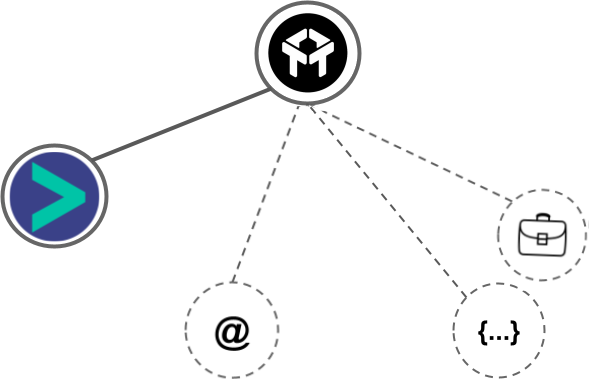
- Using business Email passed from Drift, Hyperise is able to enrich business logo and website screenshots. In some cases, with a business Email we're also able to enrich profile images, subject to the business email having a publicly available profile.
- Business name
Drift Integration Guide
 vs
vs 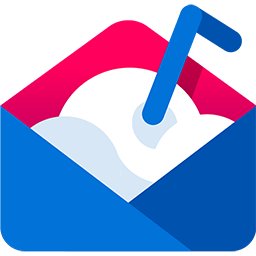


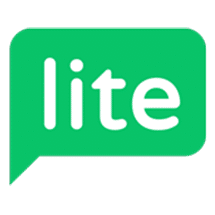

 vs
vs 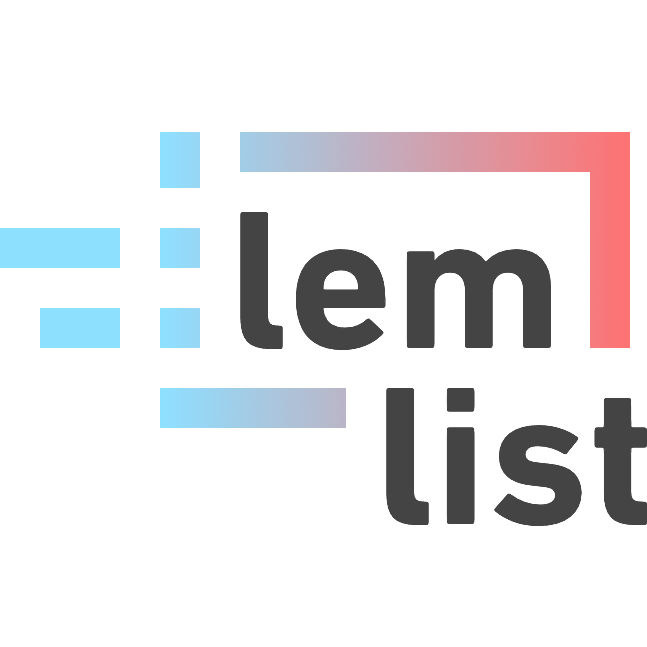 vs
vs  vs
vs  vs
vs  vs
vs  vs
vs  vs
vs  vs
vs  vs
vs  vs
vs  vs
vs  vs
vs  vs
vs  vs
vs  vs
vs 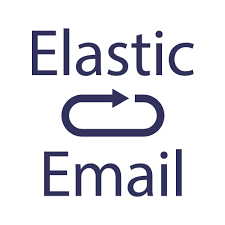 vs
vs 
 vs
vs  vs
vs 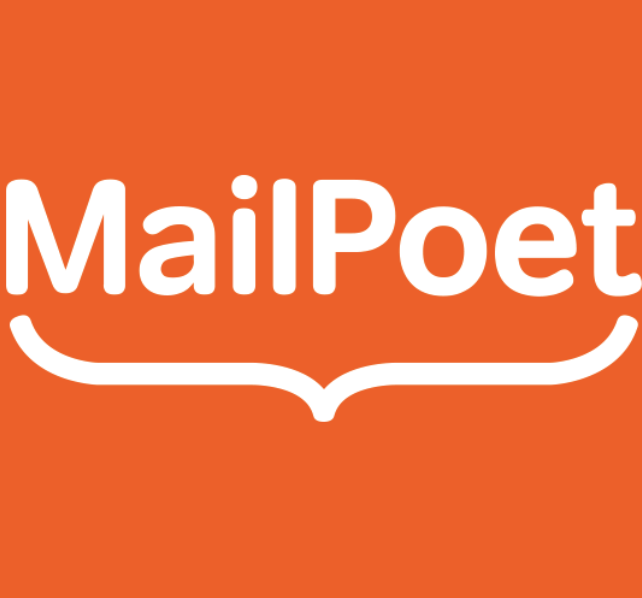 vs
vs  vs
vs  vs
vs 
 vs
vs  vs
vs  vs
vs  vs
vs 
 vs
vs 

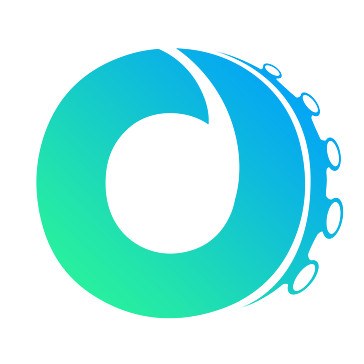
 vs
vs  vs
vs  vs
vs  vs
vs 
